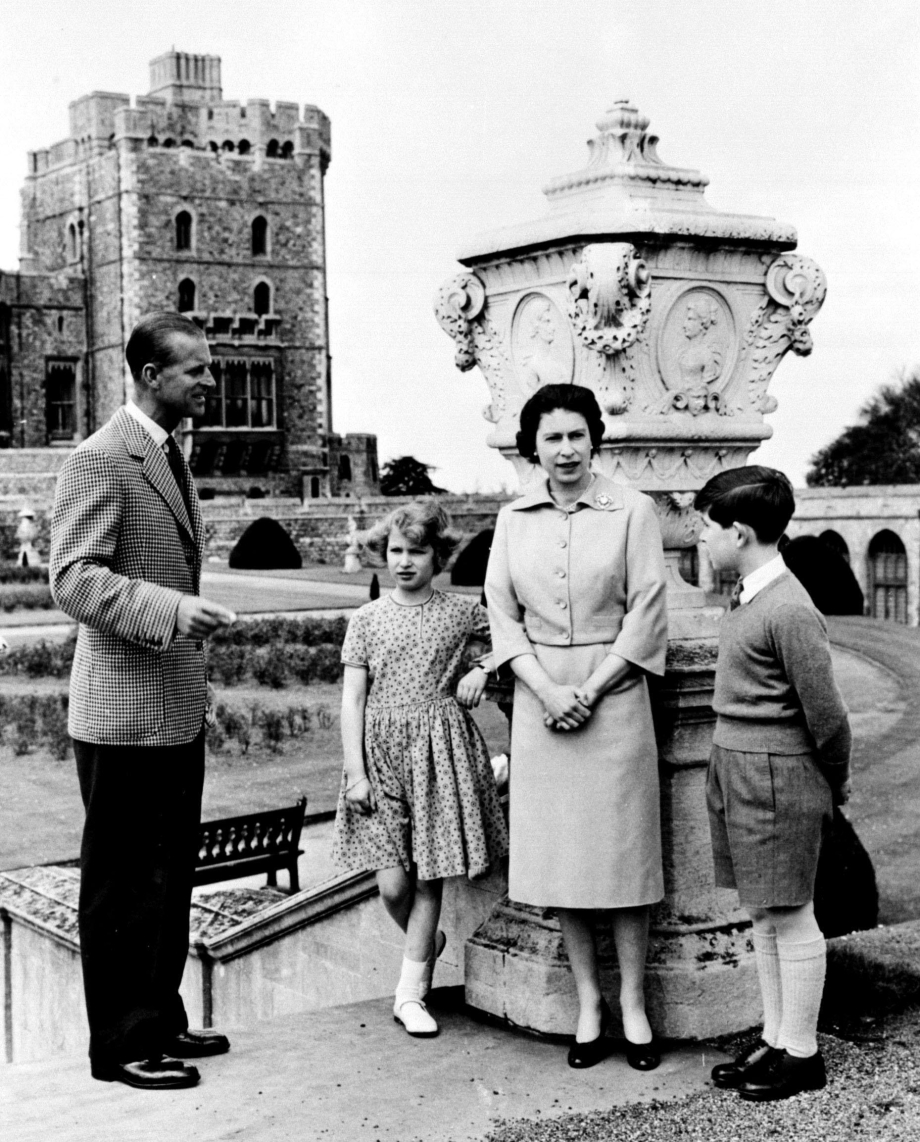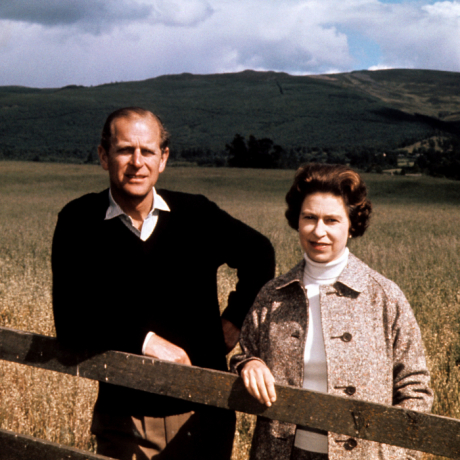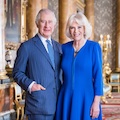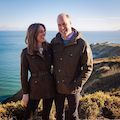Sandringham
Sandringham Estate is The Queen's Private Estate, and The Duke of Edinburgh took on overall responsibility for its management at the start of Her Majesty's reign in 1952.
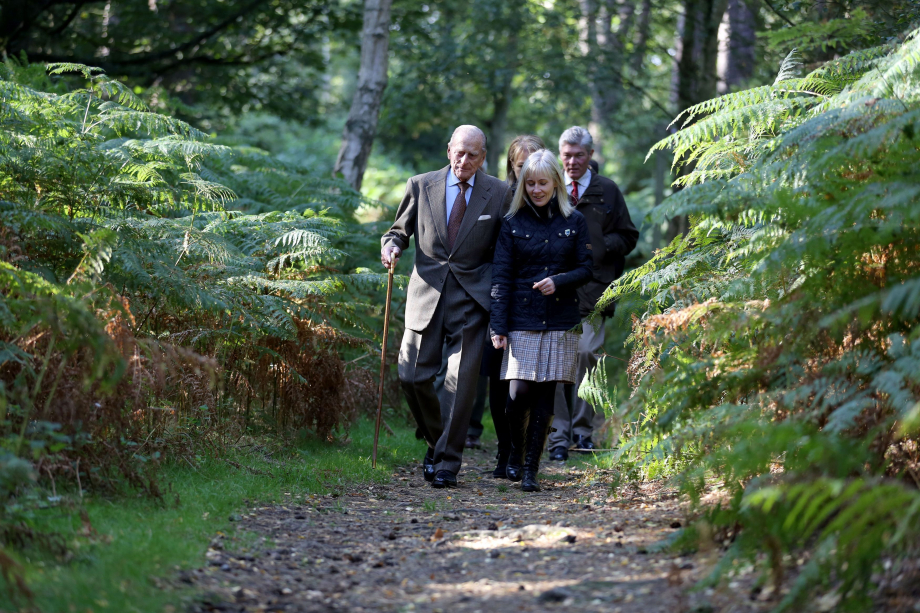
One of His Royal Highness's aims has been to maintain the Estate for future generations, so conservation has always been an important part of the Estate's management practices.
Considerable resources were allocated to wildlife conservation across the estate by The Duke of Edinburgh, including an initiative to improve the habitat for ground-nesting birds and establishing over one hundred miles of field margins. The Duke of Edinburgh also extended a lime avenue and a copper beech avenue.
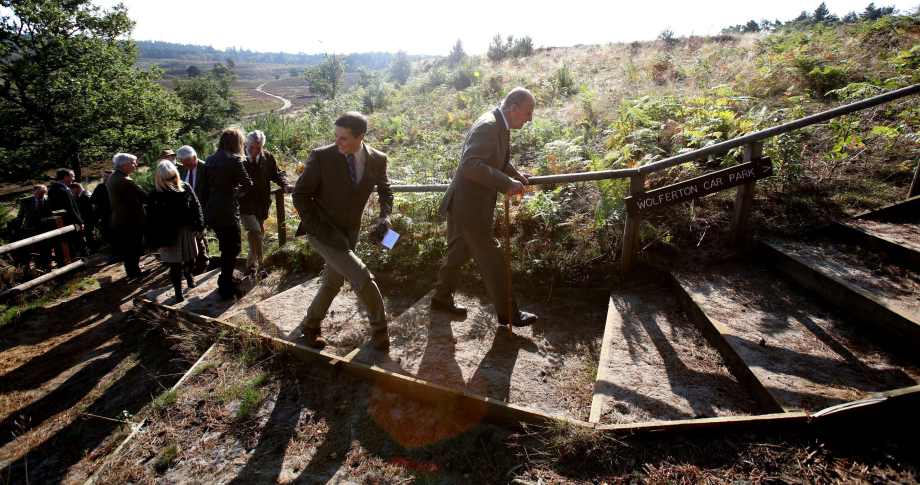
Over five thousand trees and several miles of hedges are planted at Sandringham each year, ten wetland areas have been created, sympathetic farming practices encourage many different species of wildlife, and food waste, glass, metals, plastic, cardboard and paper are all recycled.
The Prince of Wales took over the running of the Estate in 2017 and His Royal Highness’s work ensures the values instilled by his father are still at the heart of its operations.
Balmoral
Balmoral Castle on the Balmoral Estate in Aberdeenshire, Scotland, is the private residence of The Queen. Beloved by Queen Victoria and Prince Albert, Balmoral Castle has remained a favourite residence for The Queen and her family during August and September every year. The Castle is located on the Balmoral Estate, a working estate which aims to protect the environment while contributing to the local economy.
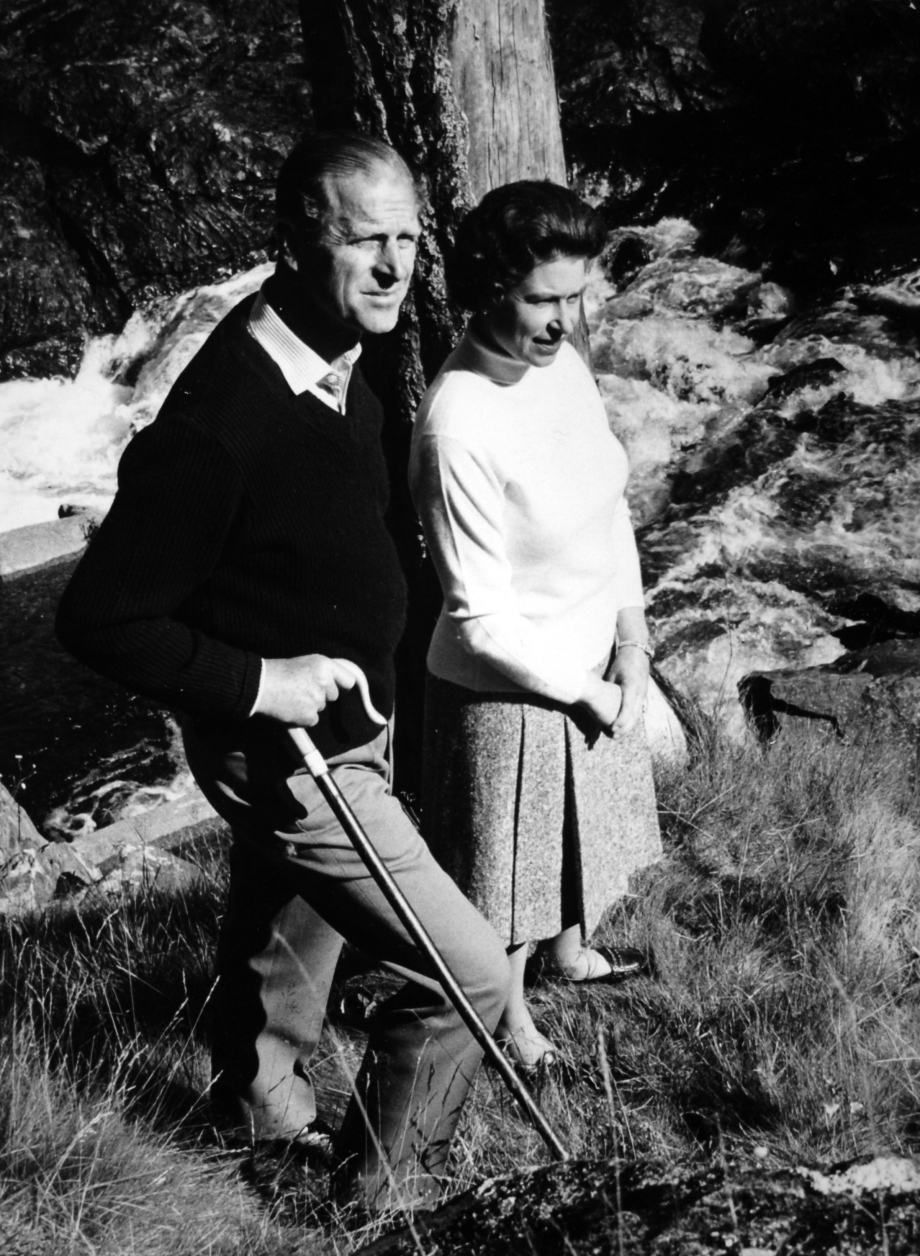
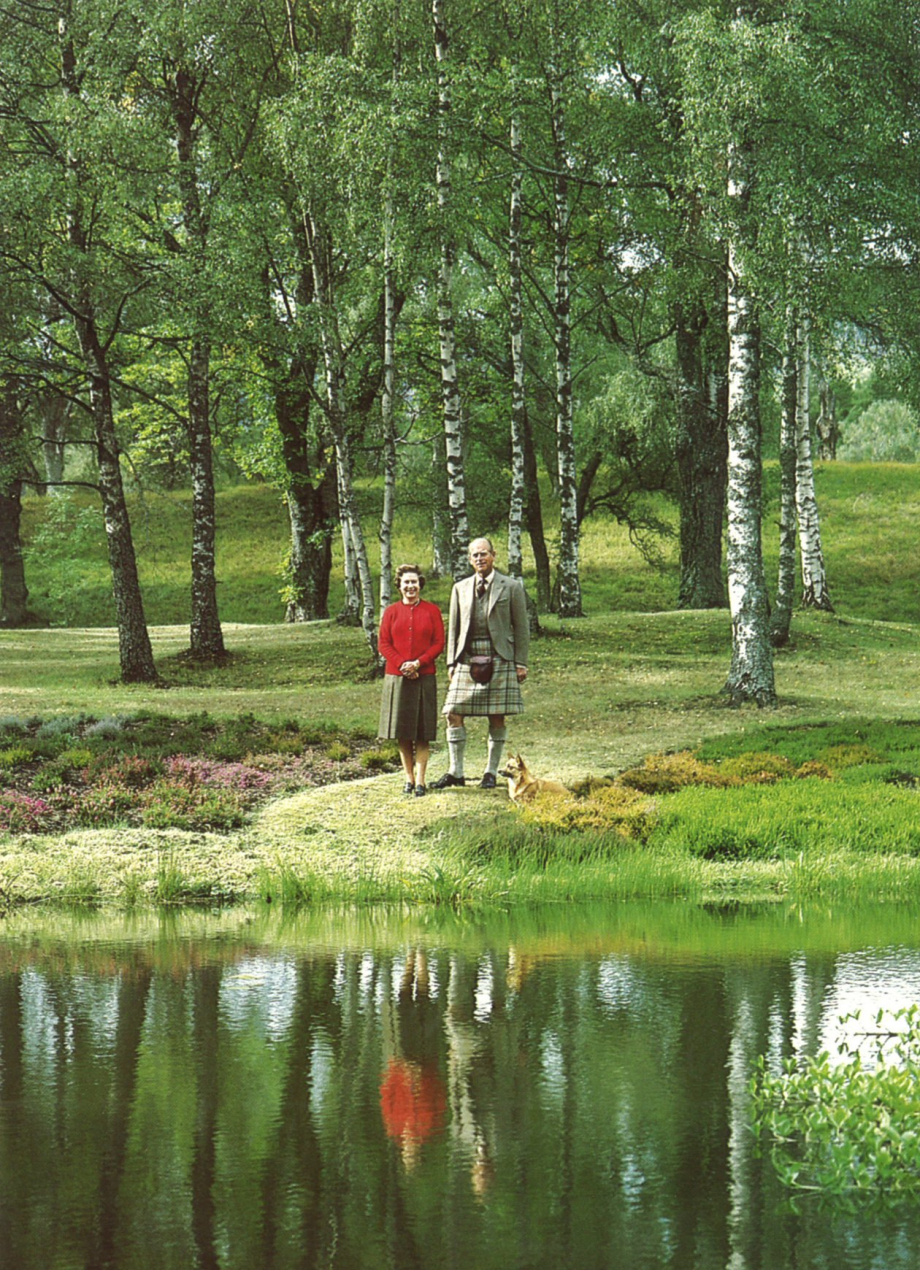
The Duke of Edinburgh took a close and personal interest in the management of the Balmoral Estate and the Castle throughout much of his life. The Duke continued to be involved with the estate management until very recently, and took great interested in the newly completed 2 MW hydro-electric scheme on the estate which produces renewable green electricity. The Duke also took a keen interest in the prize winning Fold of Highland Cattle and was always keen to hear any success at the Agricultural Shows.
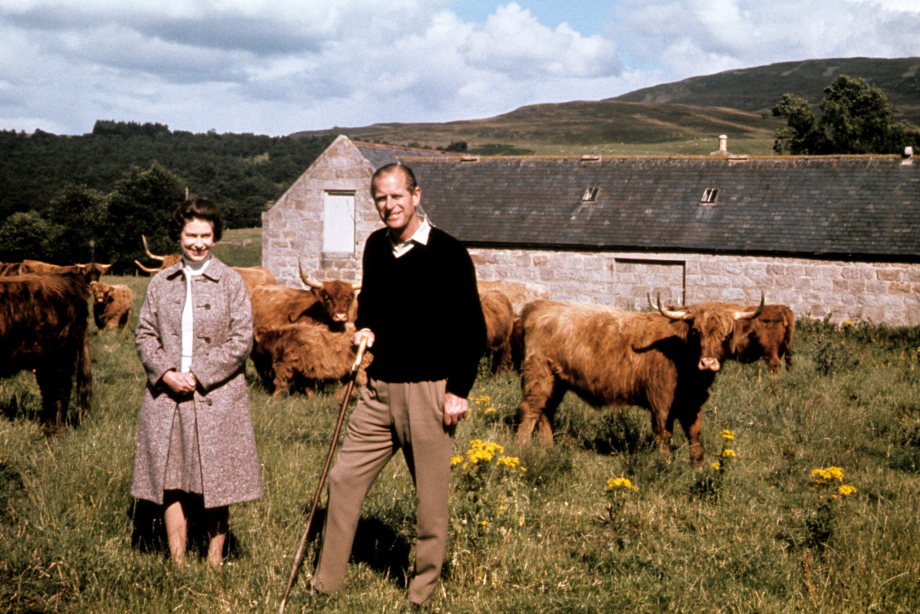
His Royal Highness was also an active and constructive part in the planning and execution of improvements to the Castle. The Duke suggested a new control of the heating system when the Castle was not in occupation, based on a rise in humidity as opposed to a drop in temperature, giving better protection to fabric, paintings and furniture.
The Duke of Edinburgh also gradually re-designed the gardens at Balmoral, developed a vegetable garden next to Queen Mary’s flower garden, and created a flowered, paved walk along the terrace on the north side of the garden and a water-garden to the south-west of the castle which he dug out himself with a bulldozer. The Duke also planted Oak along the bank south of the cricket pitch.
One of the Estate's most ecologically important areas is the roughly 1,000 hectare (2,500 acre) Ballochbuie Forest. Bought in 1878 by Queen Victoria to save it from a timber merchant, Ballochbuie now contains one of the largest remnants of native Caledonian Pine forest left in the country.
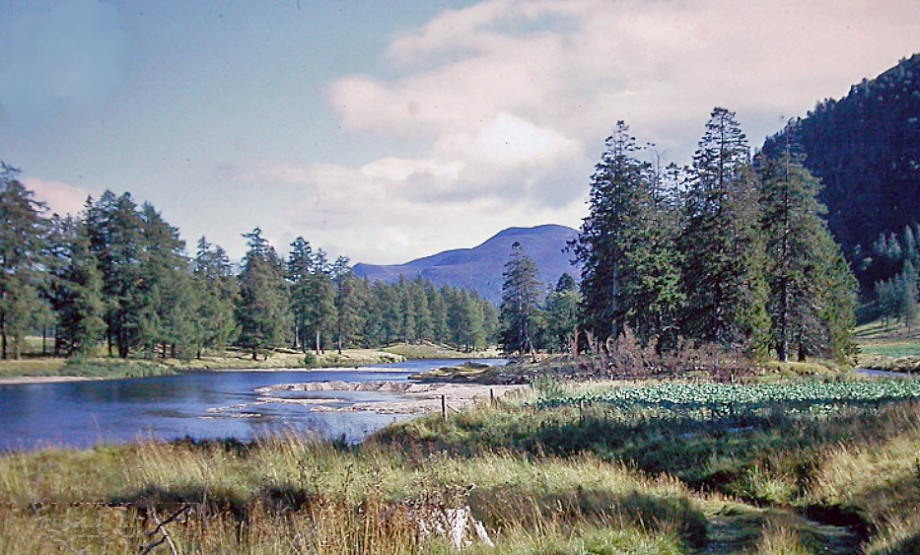
In the early 1970s, a small area of the forest known as 'the tennis court' was enclosed in a regeneration trial suggested by The Duke of Edinburgh. In 1979, when the success of the experiment was clear, a further block of about 20 hectares (50 acres) was enclosed.
This in turn showed such encouraging signs of regeneration that the enclosed area was expanded to about 300 hectares (750 acres) in 1992. The enclosed area is today thoroughly monitored by researchers and scientists. As a result of His Royal Highness's innovation and success in regenerating the forest, more areas have been enclosed, most recently in 2016.
Windsor Great and Home Parks
The Duke of Edinburgh became Ranger of Windsor Great Park in 1952, offering advice, guidance and direction on the farms, wildlife, and woodlands across the Park. His Royal Highness also encouraged the Association of High Sheriffs to celebrate their millennium by re-planting Queen Anne’s Ride in Windsor Great Park with about 1,000 young oak trees.
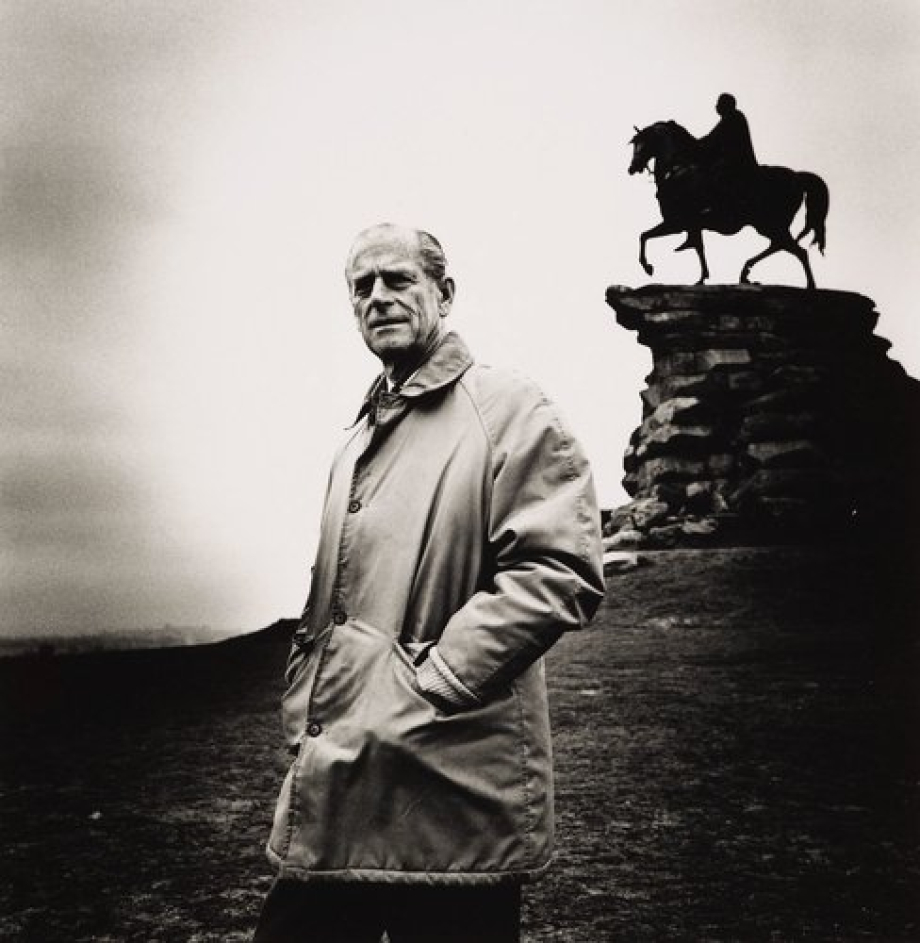
The Duke was instrumental in creating the Windsor Farm Shop, which was opened in 2001. It sells produce, such as beef, lamb, pork, poultry and eggs from the Windsor Estate, and game, apples and Apple Juice from the Sandringham Estate.
In the Home Park at Windsor, The Duke planted an oak avenue to mark The Queen’s Coronation, a hornbeam avenue at Windsor, as well as replanting a lime avenue in Windsor Home Park after the hurricane of 1987 blew down most of an old avenue.
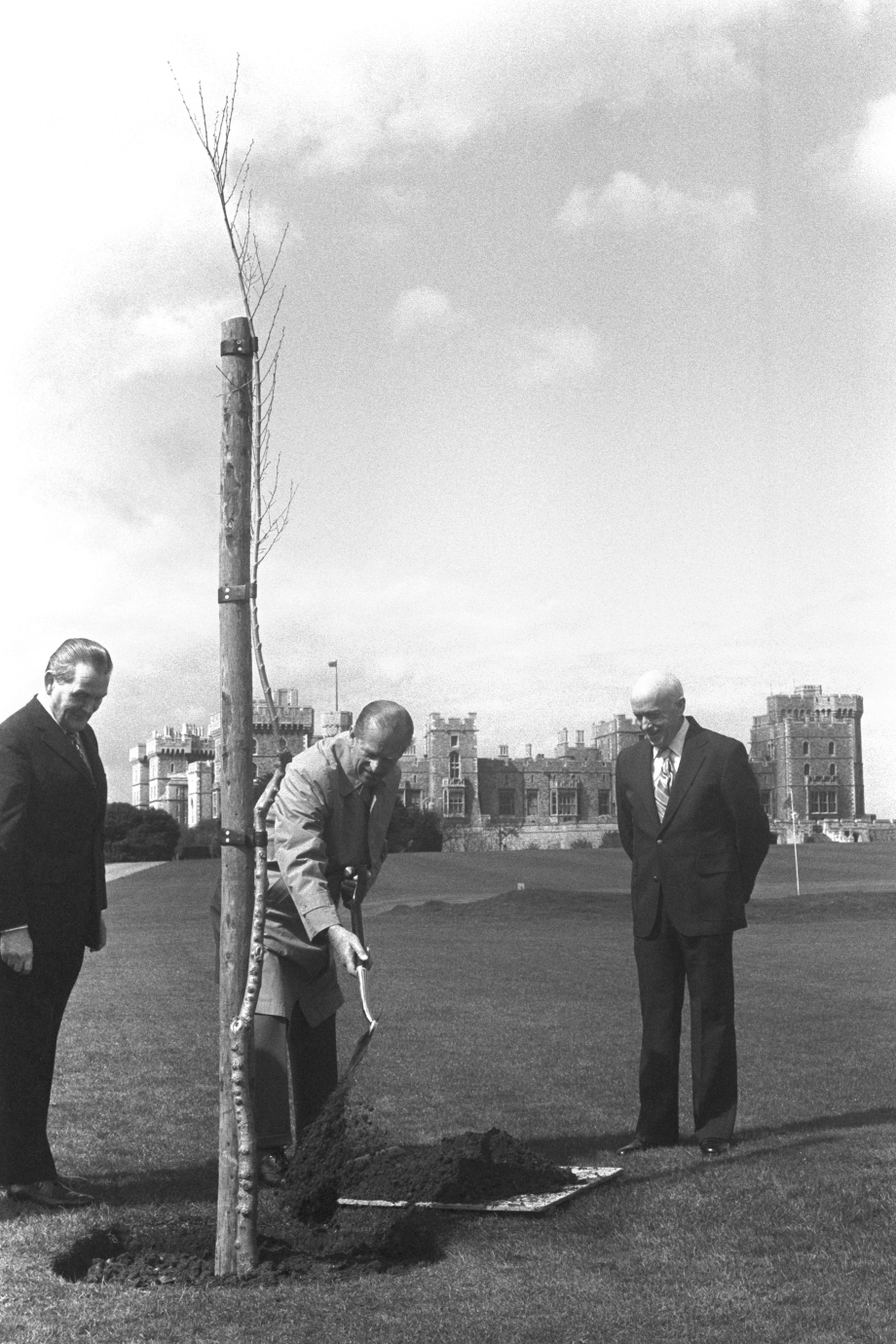
Over the years His Royal Highness redesigned the layout of the gardens on the East Terrace at Windsor Castle and designed the fountain. The Duke also created the private garden under the south wall of the Castle.
